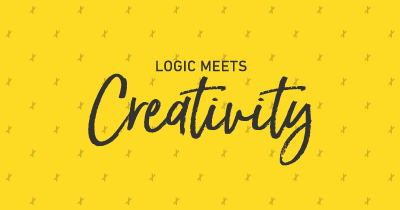SAFEGUARDING YOUR BUSINESS WITH RISK ANALYSIS
Understanding Workplace Risks ensures employee safety and business continuity hinges on a thorough understanding of workplace risks. This involves identifying and evaluating potential hazards ranging from physical dangers like machinery to ergonomic and psycho-social factors affecting employee well-being. The Imperative of Workplace Safety Emphasizing workplace safety isn't just a moral duty but a legal requirement in most areas. Beyond compliance, it's crucial for business success. Accidents lead to human suffering, increased costs, reduced productivity, and legal issues. Prioritizing safety fosters trust, commitment, and innovation among employees, enhancing the company's reputation and profitability.
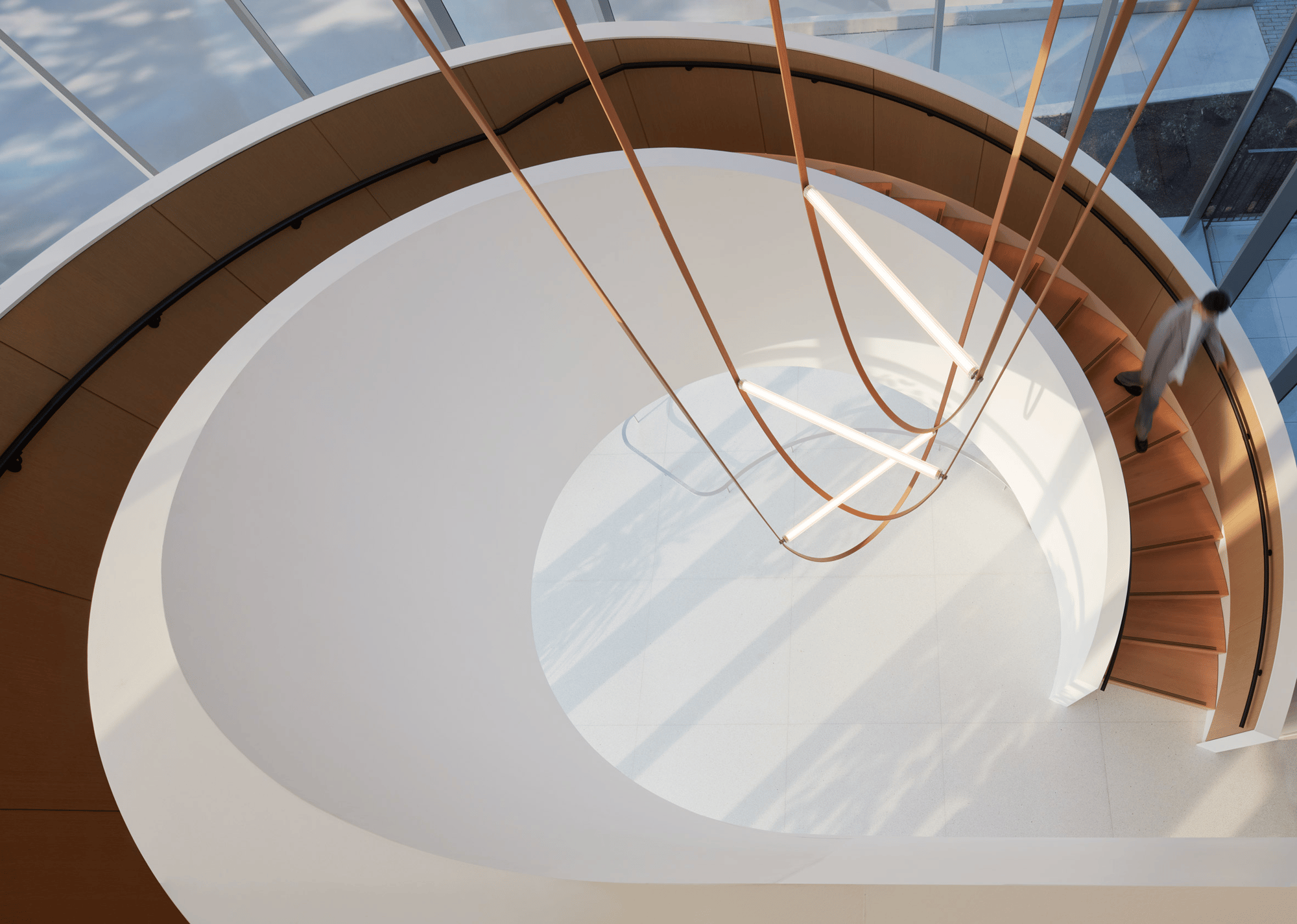
BENEFITS OF WORKPLACE DESIGN AND RISK ASSESSMENT
Thoughtful workplace design and risk assessment offer numerous benefits. A well-designed workspace boosts productivity, collaboration, and job satisfaction. Integrating risk assessment early on helps identify and mitigate hazards, attracting top talent and enhancing the organization's reputation.
BUILDING A SECURE ENVIRONMENT: MITIGATING RISKS THROUGH DESIGN
Proactively designing for safety reduces workplace hazards. Factors like layout, ergonomics, and materials selection play a significant role. A well-designed workspace fosters employee well-being and confidence in safety measures.
CALCULATING RETURNS: EVALUATING WORKPLACE RISKS AND GAINS
Investing in safety measures yields tangible returns. Safety-first approaches reduce accidents, increase productivity, and enhance reputation leading to improved employee well-being and cost savings.
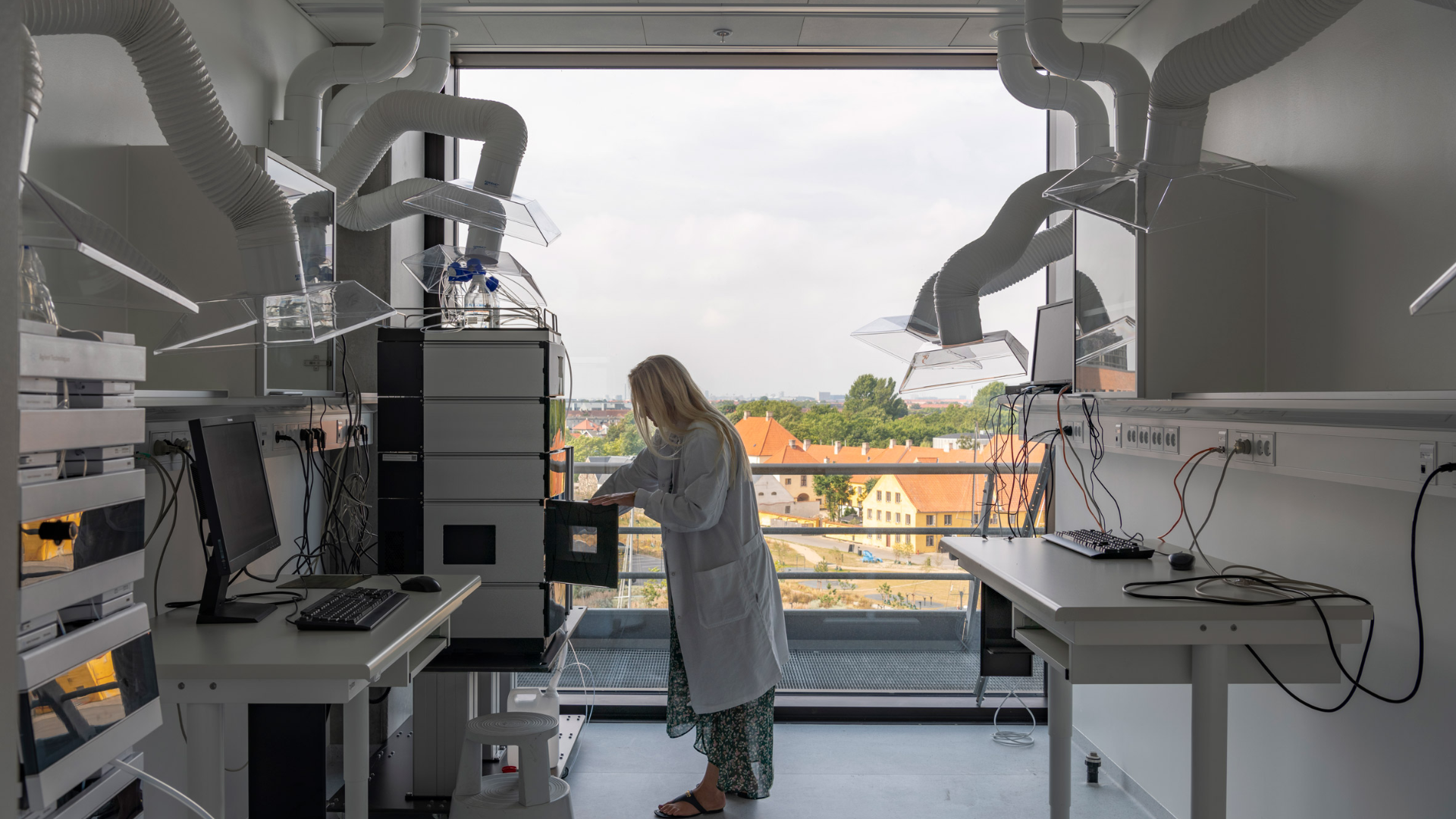

PRODUCTIVITY AND WELL-BEING
pRIORITISING hUMAN COMFORT: dESIGNING FOR EMPLOYEE PRODUCTIVITY
Tailoring the workspace to human needs boosts productivity and job satisfaction. Elements like ergonomic furniture and adequate lighting improve employee well-being and focus. Additionally, incorporating biophilic design principles, such as incorporating natural elements like plants and natural light, can further enhance employee well-being, creativity, and cognitive function. By creating a supportive environment that aligns with human physiology and psychology, organizations can unlock the full potential of their workforce and foster a culture of well-being and success.
PROMOTING HEALTH AND EFFICIENCY: DESIGNING FOR SAFETY AND COMFORT
Designing with employee health and safety in mind leads to a happier, more efficient workforce. Comfortable, hazard-free environments foster trust and security. Implementing proactive measures such as regular ergonomic assessments, safety training, and health promotion programs can further reinforce a culture of safety and well-being. Additionally, fostering open communication channels where employees can voice safety concerns without fear of retribution ensures that potential risks are identified and addressed promptly, minimizing the likelihood of accidents or injuries.
ADAPTING TO NEW WORK NORMS: DESIGNING FOR REMOTE AND HYBRID WORKFORCES
As the landscape of work continues to evolve, organizations must adapt their design strategies to accommodate remote and hybrid workforces. Providing ergonomic guidance and resources for home office setups, ensuring secure digital work environments, and offering flexible scheduling options are essential considerations for supporting employee well-being and productivity in remote and hybrid work settings. Moreover, leveraging technology to facilitate virtual collaboration and communication can help bridge the gap between remote and in-person team members, fostering a sense of belonging and cohesion within the organization.
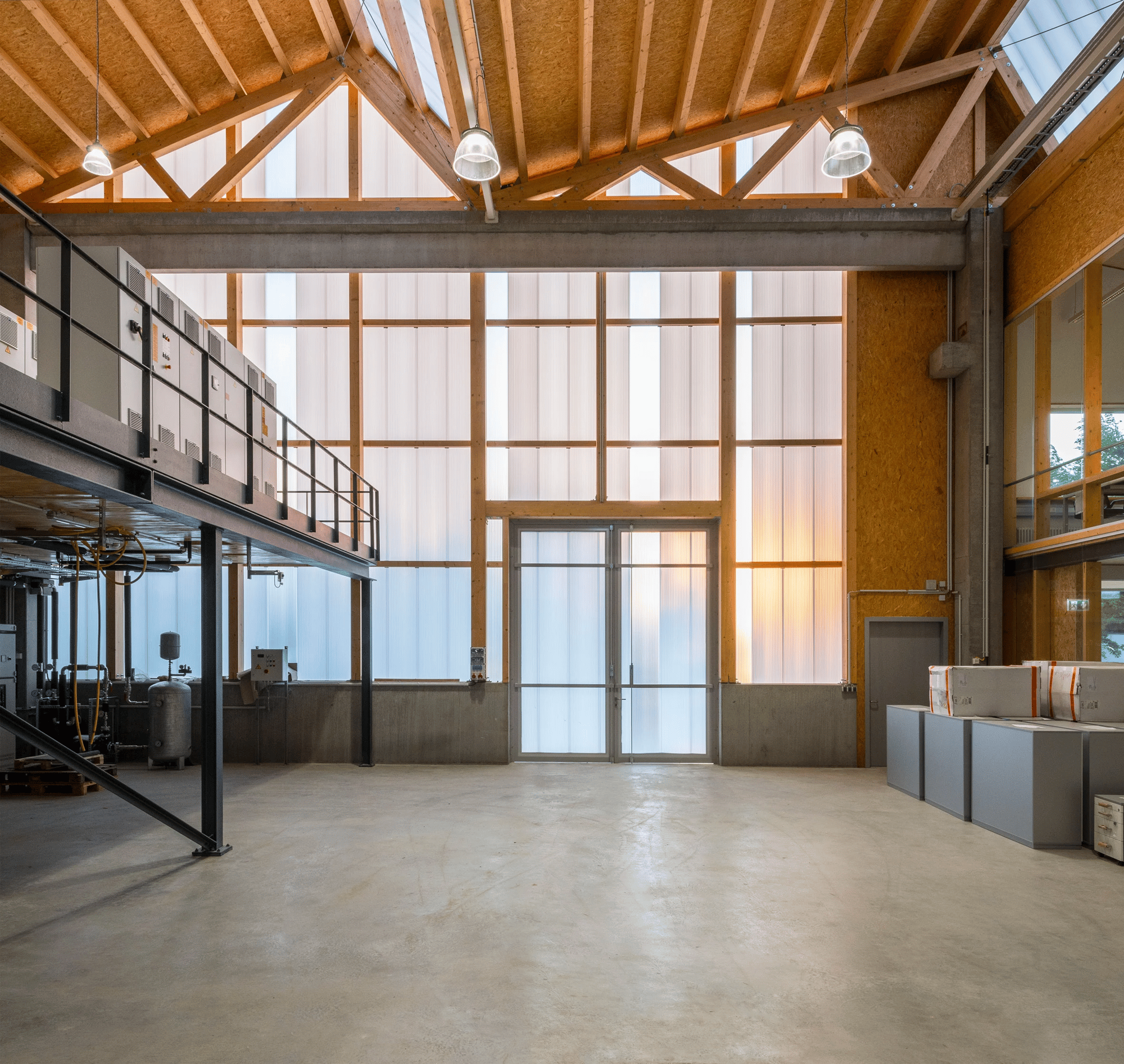
PRIVACY, HAZARDS, AND ASSESSMENTS
Balancing privacy and safety is crucial in remote and hybrid work setups. Ensuring safety while respecting privacy requires virtual assessments and clear guidelines, promoting both well-being and compliance. Implementing robust data security measures, providing training on cybersecurity best practices, and establishing clear protocols for handling sensitive information can help safeguard employee privacy while mitigating potential digital risks. Additionally, offering resources for creating secure home office environments and promoting a culture of accountability and transparency regarding data privacy and security further reinforces the organization's commitment to protecting both physical and digital well-being.
ENSURING CONFIDENTIALITY: PRIVACY IN OFFICE DESIGN
Private spaces in office design facilitate focused work and sensitive discussions, balancing collaboration with the need for solitude. Providing designated areas for private meetings, confidential conversations, and focused work can help employees maintain productivity and confidentiality without sacrificing opportunities for collaboration and interaction. Moreover, incorporating soundproofing materials, visual barriers, and secure digital communication tools can further enhance privacy and confidentiality in open office environments, ensuring that employees feel comfortable and supported in their work environment.
ENSURING SAFETY: WORKPLACE DESIGN AND RISK ASSESSMENT CHECKLIST
A comprehensive safety checklist ensures a hazard-free environment, promoting employee well-being and productivity. From ergonomic considerations and adequate lighting to emergency preparedness and accessibility, each aspect of workplace design and risk assessment plays a crucial role in creating a safe and supportive work environment. Regularly updating and reviewing the checklist based on evolving safety standards, organizational needs, and employee feedback ensures that safety remains a priority and that potential risks are identified and addressed proactively. By adhering to best practices and regulatory requirements, organizations can demonstrate their commitment to employee safety and well-being while minimizing the potential for accidents, injuries, and legal liabilities.
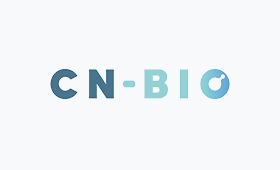



BEST PRACTICES AND CASE STUDIES
learning from experts: best practices in workplace design and risk assessment
Collaboration between safety professionals and designers is vital for identifying and mitigating hazards. Continuous evaluation and employee engagement are key to effective risk prevention. By learning from industry experts and sharing best practices, organizations can enhance their approach to workplace design and risk assessment, fostering a culture of safety, innovation, and continuous improvement.
REAL-LIFE EXAMPLES: WORKPLACE DESIGN AND RISK ASSESSMENT CASE STUDIES
Case studies demonstrate how safety measures and design choices contribute to a safer, more productive workplace, highlighting the financial benefits and need for adaptability. By analyzing real-world examples of successful safety initiatives and design interventions, organizations can gain valuable insights into best practices, potential challenges, and opportunities for improvement. Moreover, sharing case studies internally and externally can inspire other organizations to prioritize safety and well-being in their own workplace design and risk assessment efforts, driving positive change across industries and communities.
CONCLUSION
Prioritizing safety and adapting to changing work dynamics ensures a healthier, more productive workforce and long-term success for organizations. By integrating safety into every aspect of workplace design and risk assessment, organizations can create environments that support employee well-being, foster collaboration and innovation, and drive sustainable growth and prosperity.
STEPS TOWARDS A SAFER WORKPLACE
Implementing a comprehensive safety program requires commitment, collaboration, and ongoing evaluation. By taking proactive steps to assess workplace risks, design safe and supportive environments, and empower employees with knowledge and resources, [Company Name] can create a culture of safety and well-being that promotes success and resilience in the face of uncertainty. Together, we can build a safer, healthier, and more prosperous future for all.

READ OUR WORKPLACE GUIDE
HOW MUCH DOES A COMMERCIAL FIT-OUT COST IN 2024?
In 2024, the overall cost of an office fit out will vary depending on a variety of factors including size and scope, materials used, labour costs and finishes. Companies may also encounter unexpected costs related to site access and regulatory requirements. Planning ahead can help manage the costs of a commercial fit out as this will allow for research into suitable materials and suppliers, meaning it is important to do detailed research before making any decisions.
.png)
LET'S TALK ABOUT YOUR NEXT REQUIREMENT

